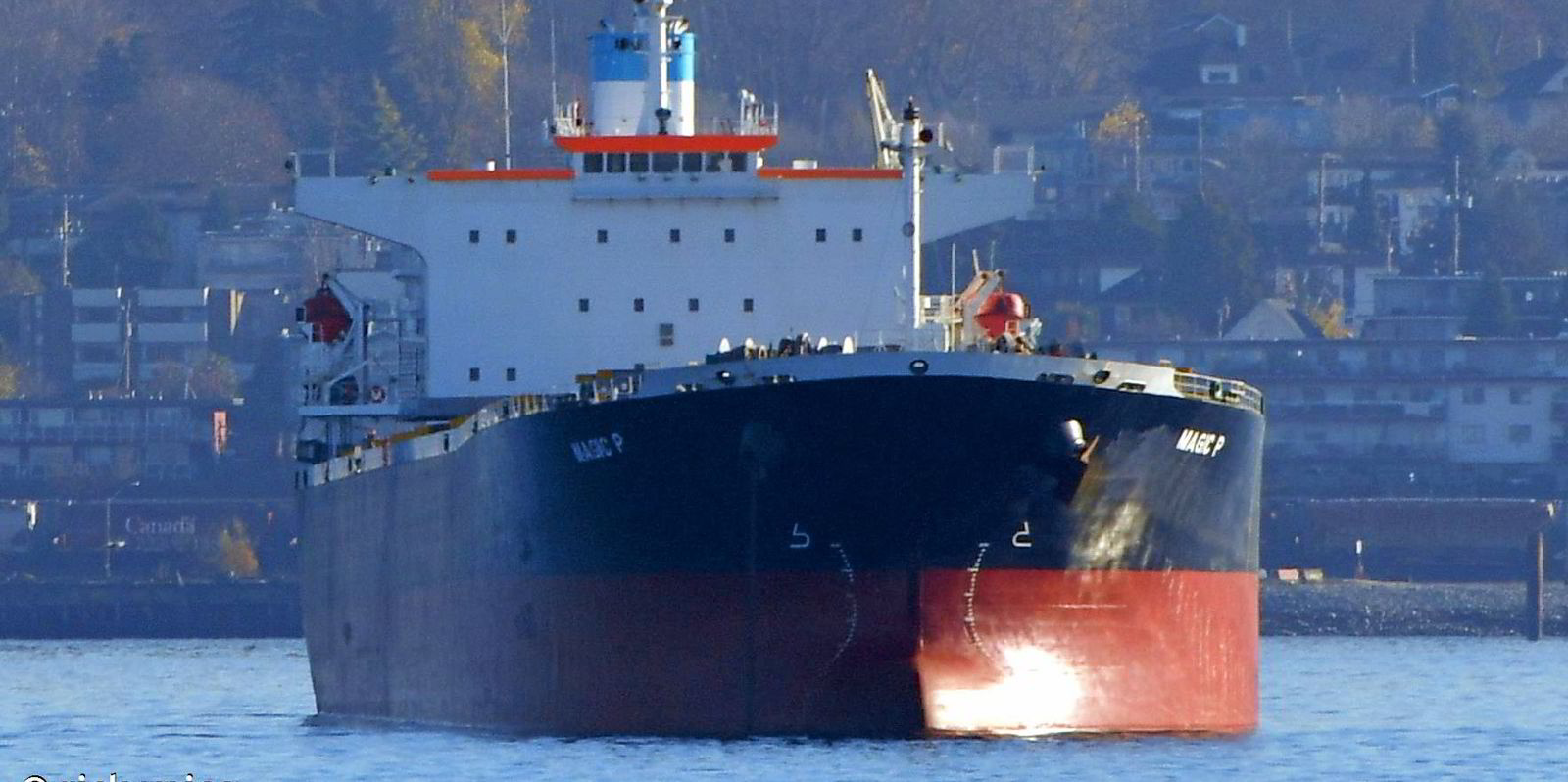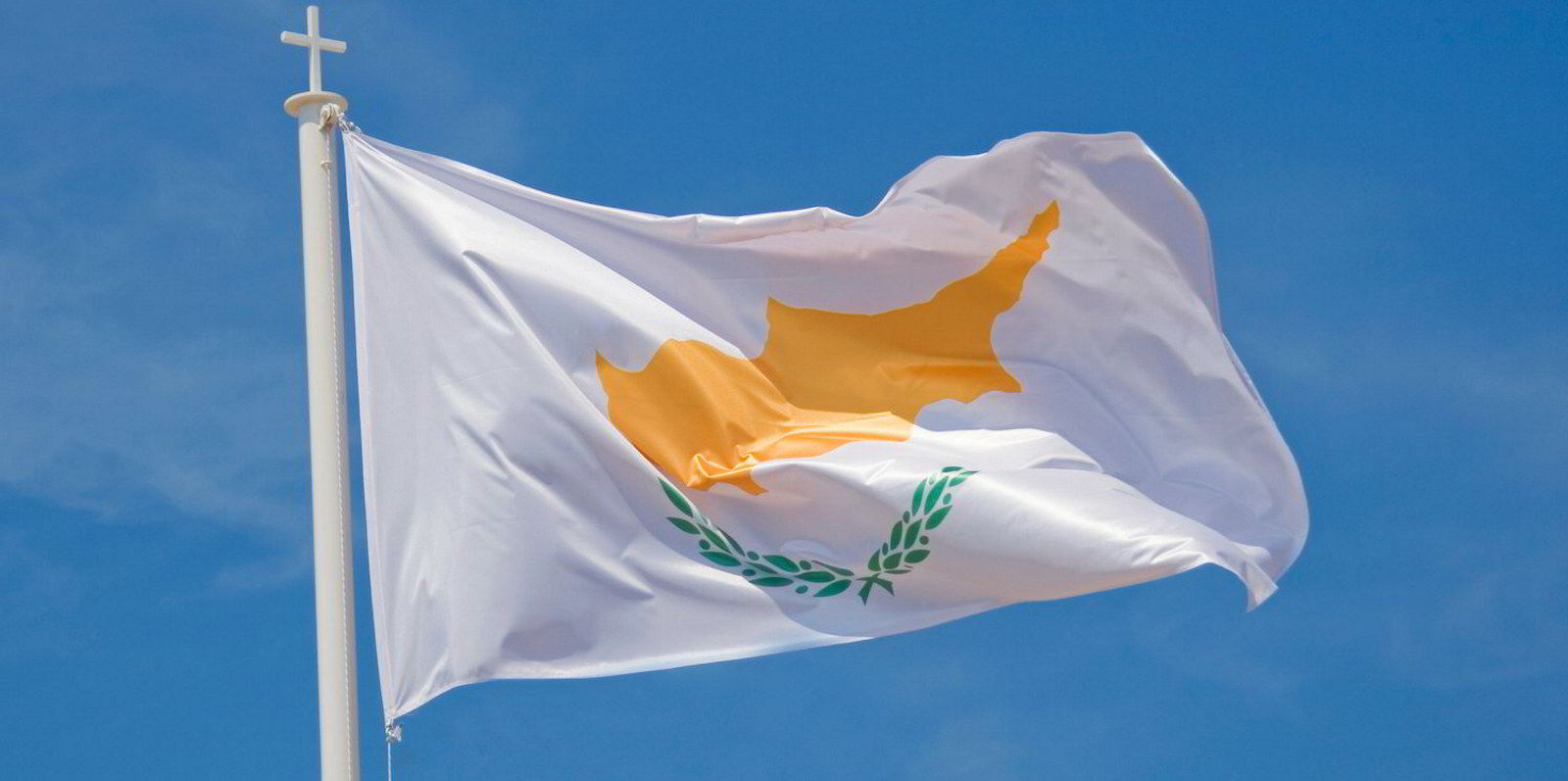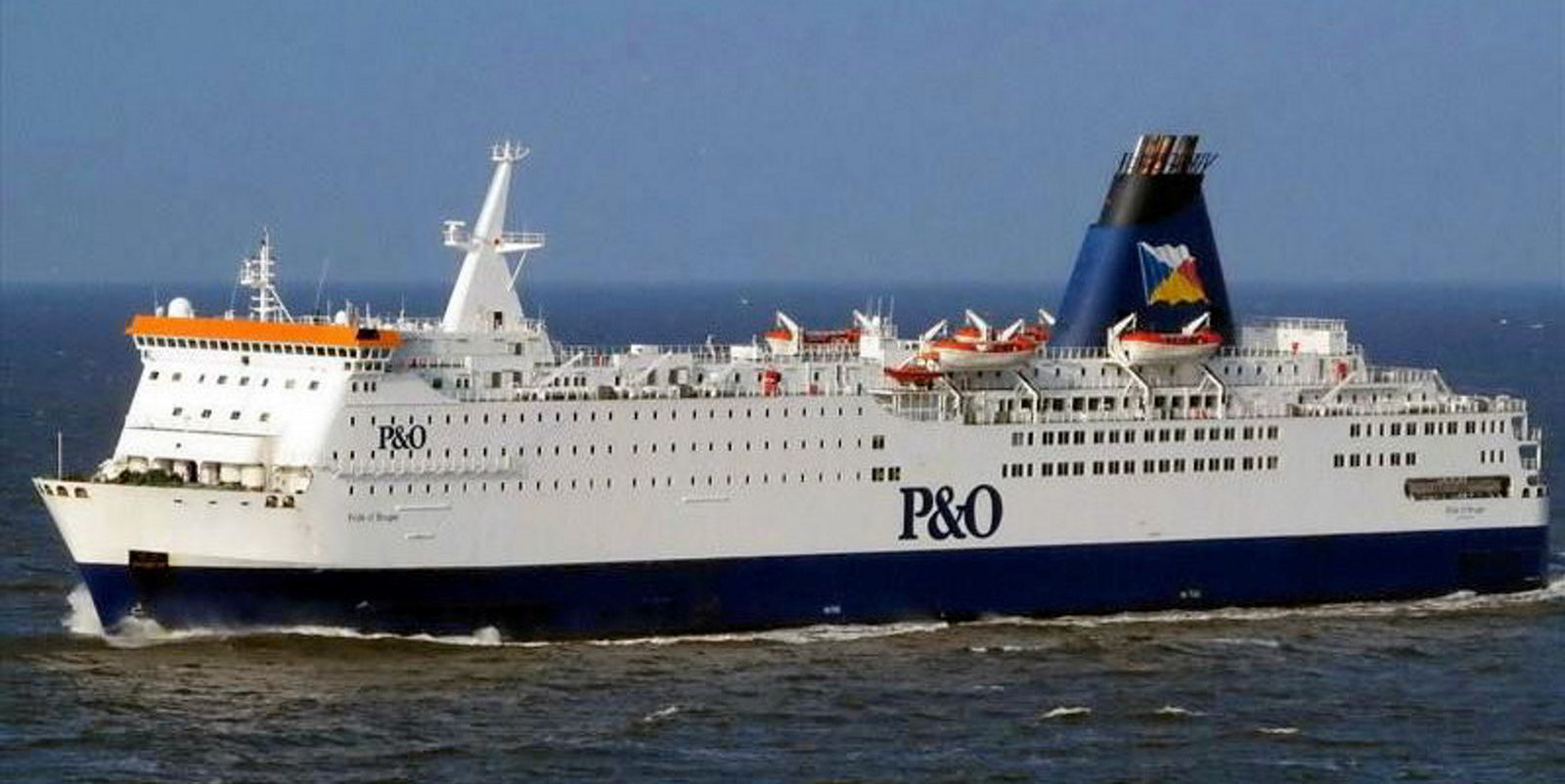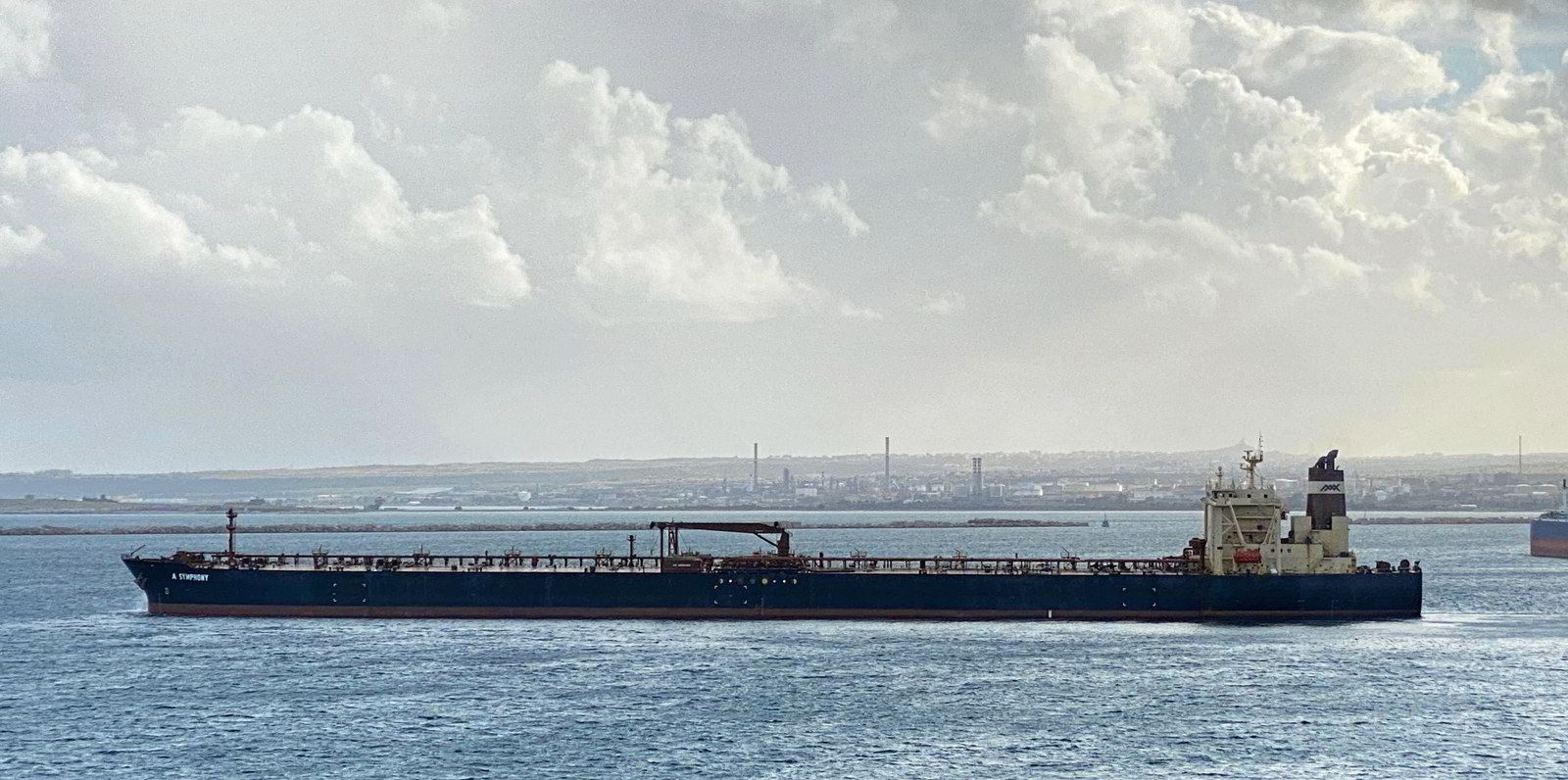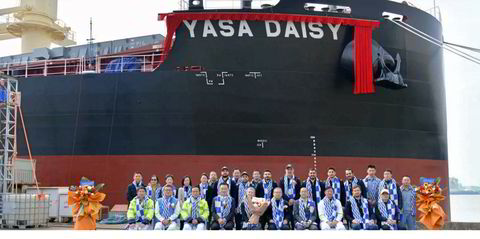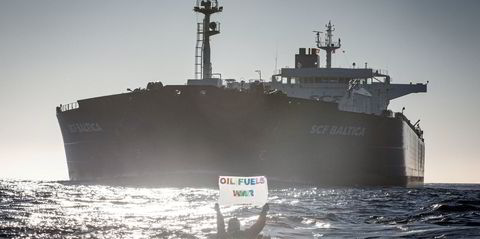Secondhand prices have reached their highest level for seven years, pushing the value of the world fleet past $1trn.
But Clarksons Research said the general upward trend masks some huge swings in values, both up and down.
Analyst Trevor Crowe said: "Against the backdrop of a record surge in secondhand sales activity in recent months, a review of the high-level trends makes compelling reading for asset players and highlights the magnitude of some of the vessel price dynamics."
Record six-month buying spree
A wave of sale and purchase activity has seen transaction volumes picking up firmly from the initial pandemic-driven low in the second quarter of 2020.
The number of ships bought and sold in the six months to 31 March this year has been the largest on record, Clarksons Research calculates.
"However, even this milestone has had to share the spotlight in a secondhand vessel market which has seen some huge shifts in asset pricing over the last year or so (or less)," Crowe said.
Spectacular jumps for containerships
Clarksons Research's secondhand price index has risen 33% since September to 115 points, the best since 2014.
"However, this doesn't fully capture the magnitude of some of the swings in secondhand pricing in some sectors, which have served once again to highlight the possibilities for asset players," Crowe added.
Containership owners have seen spectacular shifts in prices since the autumn.
Clarksons Research said upward movements took a while to gain traction following the improvements in freight and charter rates from last summer.
But when they did, the gains have been "just as impressive", according to the division of shipbroking giant Clarksons.
The containership secondhand price index has increased 47% since June.
But the value of a 10-year-old, 6,600-teu ship has jumped 138%, or a staggering $29m, over the same period, to reach $50m.
However, even that is outstripped by a 268% spike for 10-year-old 4,500-teu units. These have added $25.5m, meaning buyers have to shell out $35m for vessels that would have cost less than $10m last summer.
Bulker prices on the rise
For bulkers, gains took a little longer to surface, but have also been as eye-catching as earnings rises.
Clarksons Research's secondhand bulker price index is up 31%.
A 2011-built capesize costs 40% more now than last summer, adding $7.75m to reach $27.25m.
A supramax of similar vintage has risen 35% or $3.75m to hit $14.5m.
But tankers have seen values drop since the end of the storage-driven rate spike last year.
Prices are up a little so far in 2021, but the secondhand price index remains 11% behind March 2020.
A 2011-built VLCC is now worth $46m, down 12% or $6m.
"Perhaps, given the stress on the tanker markets, the surprise is that prices have not fallen further, and that buyer appetite has been sustained," Crowe said.
The analyst has also identified a two-tier market developing for eco and older tonnage.
A seven-year-old eco capesize is priced around $5m above a non-eco vessel, he said.
Environmental equipment installed on vessels is also affecting values.
